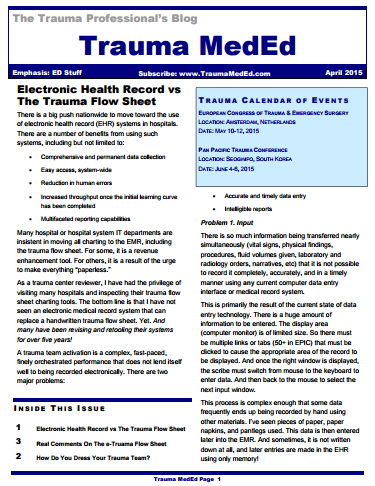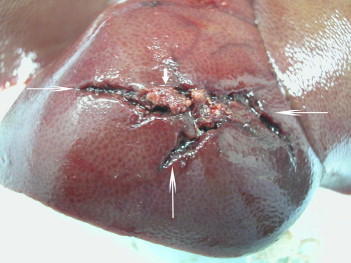All trauma professionals are aware of the evils of anticoagulation in patients who sustain traumatic brain injury. Warfarin is one of the most common anticoagulants encountered, but there is also a growing number of poor outcomes in patients with the newer, non-reversible agents.
But what about antiplatelet agents like aspirin and clopidogrel (Plavix)? Many physicians worry about these drugs, but is it warranted? Two Level I trauma centers in the Chicago area reviewed their experience. They retrospectively reviewed the records of patients over 40 years old who sustained blunt head trauma. A total of 1547 patients were identified over a 4 year period. They analyzed these records for in-hospital mortality, need for neurosurgical intervention, and length of stay.
Here are the factoids:
- 27% of patients were taking antiplatelet agents. Patients also taking warfarin were excluded.
- 21% were taking aspirin alone, 2% clopidogrel alone, and 4% both drugs
- Patients taking the drugs averaged about 10 years older than those who were not
- Overall, injury severity was relatively low (average ISS 10). A disproportionate number of more severely injured patients were not taking antiplatelet agents.
- There was no difference of incidence of intracranial hemorrhage (45%), neurosurgical intervention (3%), or mortality (6%) between the two groups
- Hospital length of stay averaged about 6.5 days, but long LOS was a bit more common in the antiplatelet agent group.
Bottom line: This is one more in a series of papers scrutinizing trauma and antiplatelet agents. A few previous studies have shown an adverse effect, but they have been much smaller series. I don’t believe the jury is in yet, so watch these patients carefully. A 6 or 12 hours repeat scan is probably in order, along with frequent neuro monitoring. It’s probably not worthwhile to actively try to reverse them by giving platelets unless there is obvious life-threatening hemorrhage or sudden neurologic change (see below).
Related posts:
Reference: Outcomes in traumatic brain injury for patients presenting on antiplatelet therapy. Am Surg 81(2):128-132, 2015.



